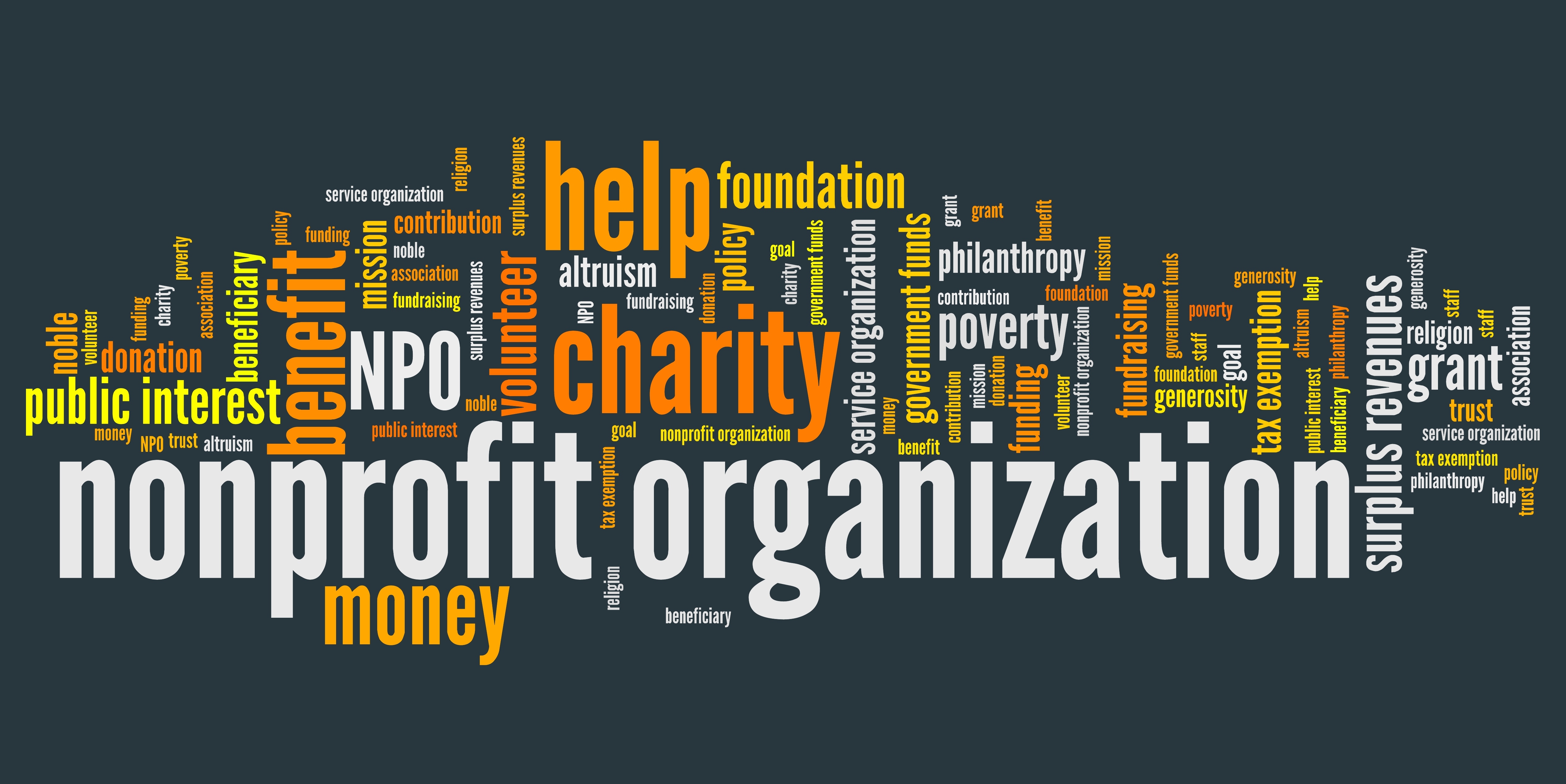Nonprofit organizations rely on public relations and other marketing communications for a variety of benefits that go beyond soliciting direct financial support. The more positive an image a nonprofit can cultivate, the more opportunities it will have to achieve its mission and goals. Knowing how an coordinated public relations campaign can help your nonprofit will help you make better decisions regarding getting the word out on your organization.
Volunteerism
When a nonprofit has a positive public image, people are more willing to donate their time. Many nonprofits require volunteer help to continue their operations and meet their goals. This can include donation of expert services such as marketing, graphic design, accounting or website development. It also includes unskilled labor, such as parking attendants and ushers at events, volunteers to stuff envelopes and supporters to work registration tables and booths at events.
Education
If the goal of a nonprofit is to get the public to act in specific ways, public relations helps the organization get the word out about specific issues. This might include a charity that fights child obesity placing articles in newspapers and magazines that teach parents how to help their children eat healthier. Public relations activities might include a breast cancer organization generating TV and radio interviews that educate women how, when and why to get breast examinations. A continuing educational PR campaign can also help a nonprofit meet its purpose in the eyes of the U.S. Internal Revenue Service, which grants or removes tax-exempt status from nonprofits. If a nonprofit is a trade association, educational campaigns help generate membership registrations and attendance at conferences, trade shows and meetings.
Donations
A nonprofit can increase its fundraising and in-kind donation generation by cultivating a positive public image and by promoting its successes. When people see that their donations are used for specific, positive purposes, they are more likely to donate. In addition to individual and corporate monetary donations, a nonprofit can generate donations of goods and services, such as used clothing, canned goods, printing, office furniture, computers and other items it can use or sell.
Legislation
The goals of a nonprofit can often be enhanced through legislation. A nonprofit that targets a specific disease or condition can increase the chances that state legislatures or the U.S. Congress will increase funding for that disease or condition if they are influenced by positive public relations. Nonprofits that aren’t allowed to directly lobby legislators can educate politicians by putting them on their mailing lists to receive their newsletters. When politicians see news stories about a nonprofit’s activities, it can motivate them to act or vote in support of the organization’s mission.


